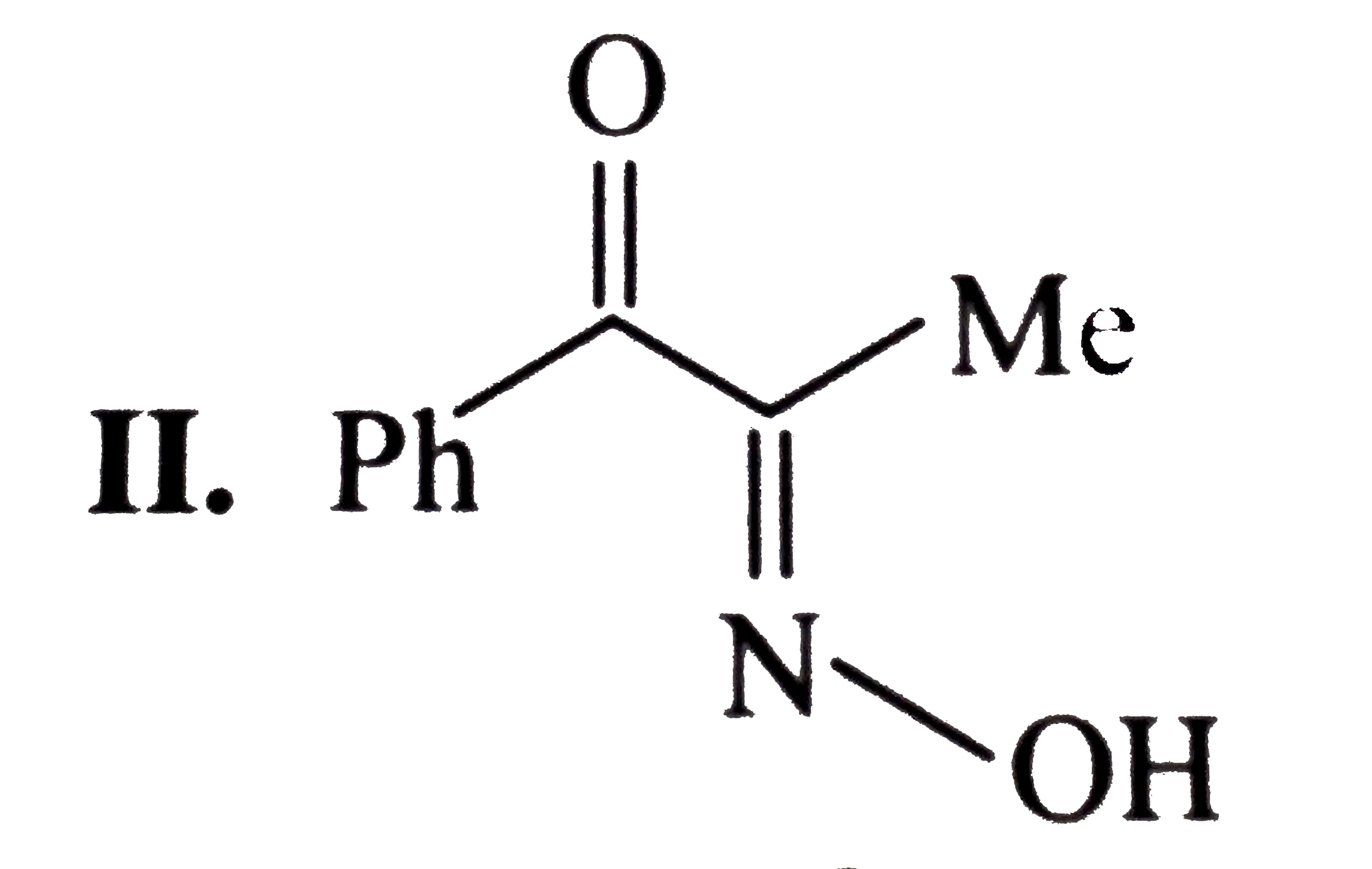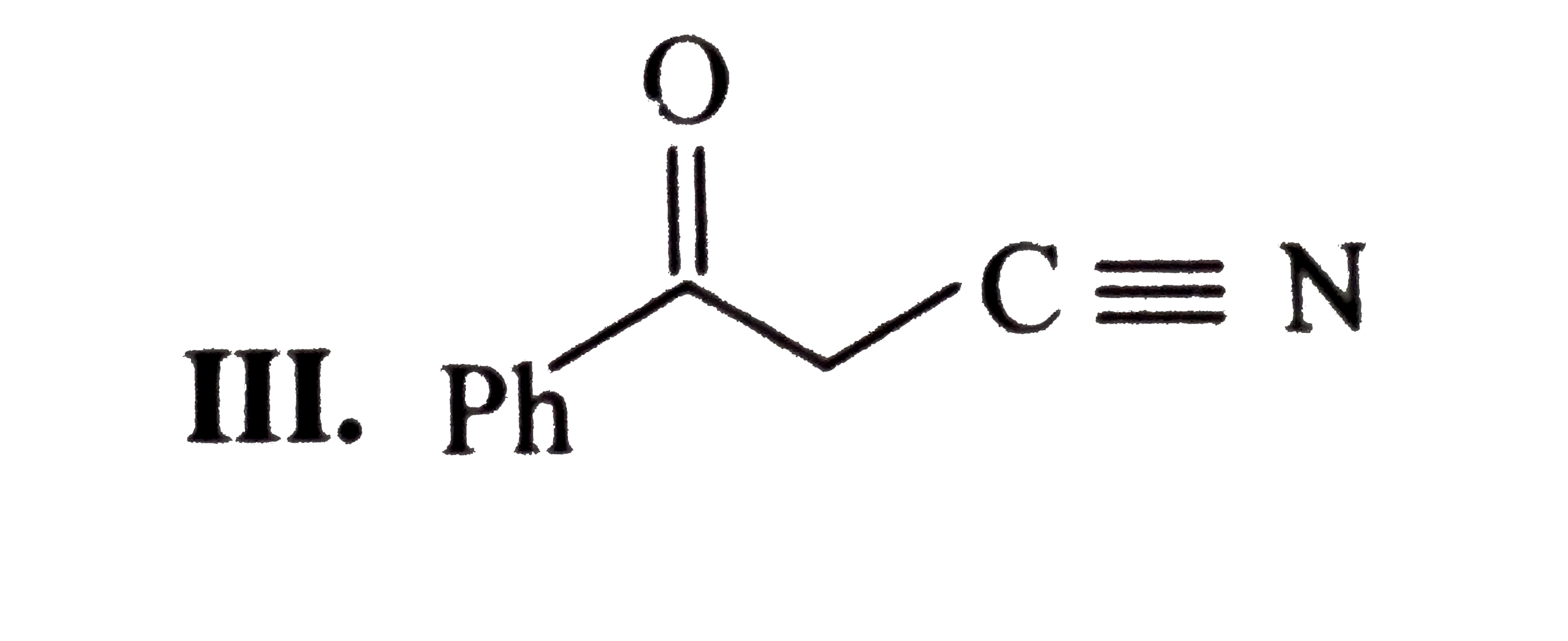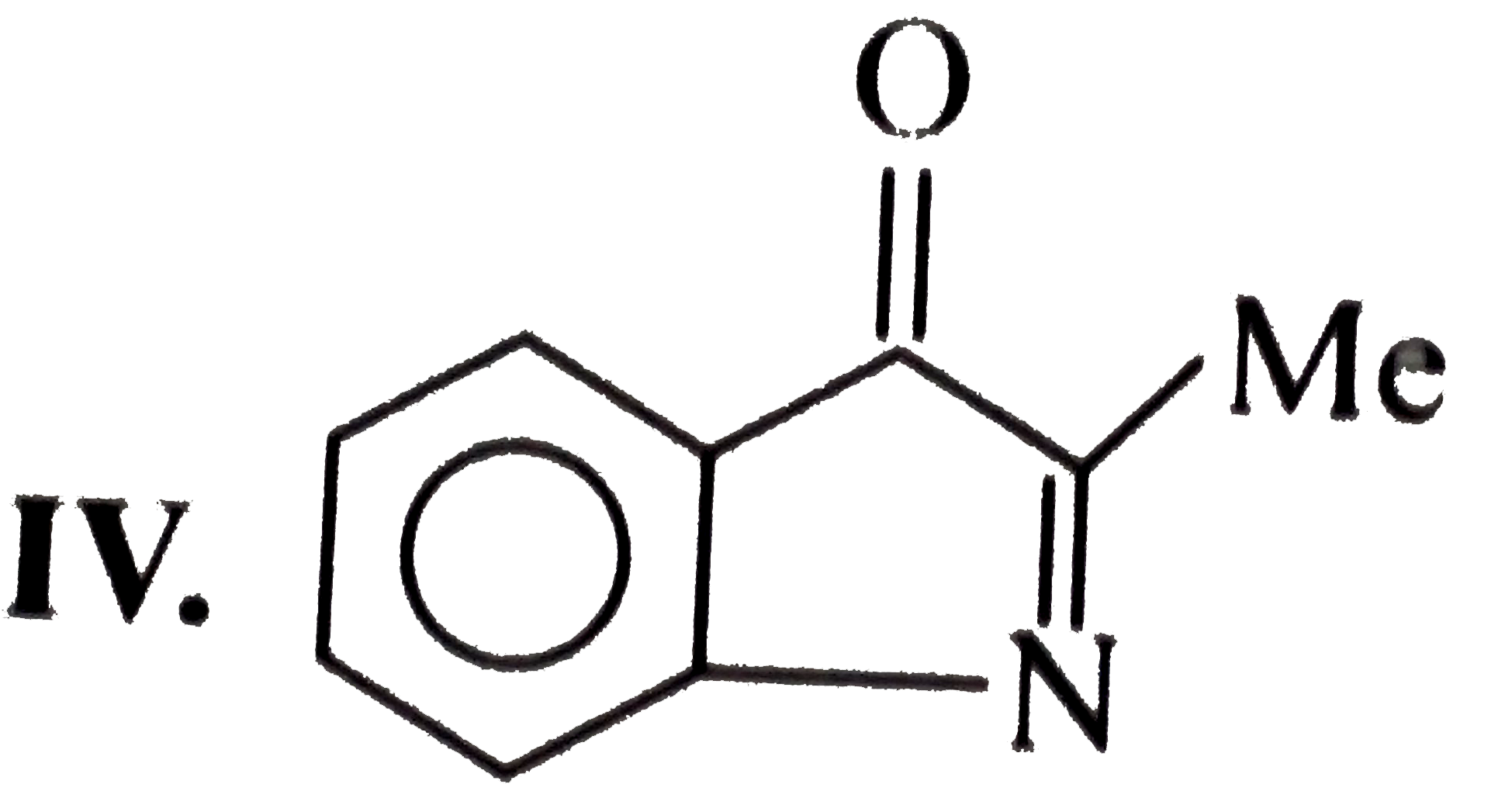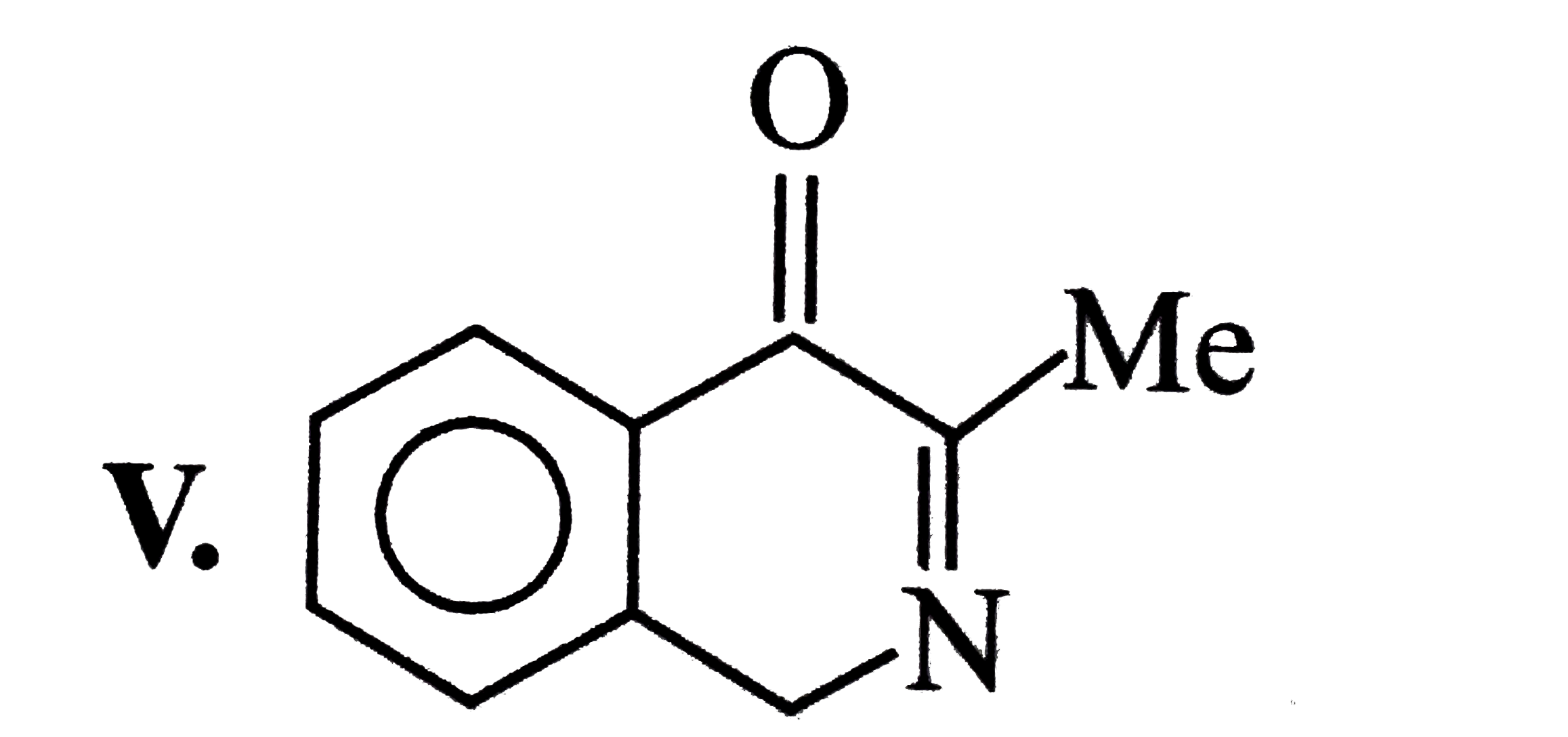Study the following pathogens
I Yersinia pestis
II. Borrelia sp
III. Odium albicans
IV. Microbacterium leprae
V. Haemophilus gallinarium
Which of the above cause damage to poultry industry?
I and IV
III and V
II and V
IV and V
The correct Answer is:B
Step by step video, text & image solution for Study the following pathogens I Yersinia pestis II. Borrelia sp III. Odium albicans IV. Microbacterium leprae V. Haemophilus gallinarium Which of the above cause damage to poultry industry? by Biology experts to help you in doubts & scoring excellent marks in Class 12 exams.
Topper's Solved these Questions
- BOOK - ICSECHAPTER - STRATEGIES FOR ENHANCEMENT IN FOOD PRODUCTIONEXERCISE - COMPETITION CORNOR (OBJECTIVE TYPE QUESTIONS (B)) (Assertion and Reason Type Questions)25videos
STRATEGIES FOR ENHANCEMENT IN FOOD PRODUCTION
- BOOK - ICSECHAPTER - STRATEGIES FOR ENHANCEMENT IN FOOD PRODUCTIONEXERCISE - REVIEWS QUESTIONS ( QUESTION 4)1videos
STRATEGIES FOR ENHANCEMENT IN FOOD PRODUCTION
- BOOK - ICSECHAPTER - SPECIMEN QUESTION PAPER (BIOLOGY)EXERCISE - QUESTIONS70videos
SPECIMEN QUESTION PAPER (BIOLOGY)
Similar Questions
Study the following table in which positions of six elements A,B,C,D,E and F are shown as they are in the modern periodic table.

On the basis of the above table, answer the following question :
(i) Name the element which form only covalent compounds.
(ii) Name the element which is a metal with valency three.
(iii) Name the element which is a non-metal with valency three.
(iv) Out of D and E, which is bigger in size and why ?
(iv) Write the common name for the family to which the elements C and F belongs.View SolutionConsider the following statements.
I) The property of metastasis is shown by malignant tumors. II) Carcinogens are the agents that cause cancer. III) Benign tumor causes little damage to body cells.
Which of the statements given above are correct?View Solution
Knowledge Check
- Question 1 - Select One
Study the following statements regarding the anatomy of isobilateral leaf.
(i) Stomata are equally distributed on both the surfaces (ii) certain adaxial epidermal cells are modified into bulliform cells in grasses.
(iii). The vasuclar bundles are radial
(iv). Phloem is adaxially placed.
Which of the above statements are correct?A(i) and (ii)B(ii) and (iii)C(ii) and (iv)Dall are correct - Question 2 - Select One
Read the following statements and select the option which identifies the incorrect ones.
(i) Potato spindle tuber disease and Chrysanthermum stunt disease are caused by viroids.
(ii) T4 bacteriophage exhibits lytic cycle.
(iii) Retroviruses have two copies of ssRNA.
(iv) Interferous which prevent viral multiplication are glycolipid particles.Aii and iiiBi and ivCiii onlyDiv only - Question 3 - Select One
The narrowly utilitarian arguments for biodiversity conservation include which of the following from the given list?
(i) Industrial products like dyes, lubricants
(ii) Ecosystem services like photosynthesis
(iii) Pollinators layer of bees, birds and bats
(iv) Firewood, fibre and construction material
(v) The aesthetic pleasure of walking through thick woods
(vi) Products of medicinal importance
(vii) Watching spring flowers in full bloom
(a) (i), (ii), (v) and (vii)
(b) (ii), (iii), (v) and (vii)
(c) (i), (iv) and (vi)
(d) (ii), (v), (vi) and (vii)A(i), (ii), (v) and (vii)B(ii), (iii), (v) and (vii)C(i), (iv) and (vi)D(ii), (v), (vi) and (vii)
Which of the following are correct (B) and (C ) products, respectively ?

I.
II. , III.
, III. 
IV. , v.
, v.  View Solution
View SolutionConsider the following equilibria:
I.A(s)⇔B(s),II.A(s)⇔B(l)
III.A(l)⇔B(l),IV.A(g)⇔B(g)
Which of the above will be disturbed by an increase in pressure?View SolutionStudy the following statement with reference to drugs and choose the incorrect ones
(i). Barbiturates cause sleeplessness
(ii). Opioids are obtained from the leaves of Erythroxylum coca
(iii). Morphine is a very effective sedative and pain killer
(iv). Cocaine is obtained from hemp plantView SolutionTransgenic animals are produced for which of the following purposes? I) To study the normal physiology and development.
II) To study diseases.
III) To obtain useful biological products.
IV) To test the vaccine safety.
V) To test the chemical safety.
Which of the above statements are correct?View SolutionRead the given statements carefully.
(i) Innate immunity is a specific type of defence, that is present at the time of birth.
(ii) Malignant malaria is caused by Plasmodium falciparum.
(iii) Malaria could be confirmed by Widal test.
(iv) Active immunity is slow and takes time to give its full effective response.
(v) Saliva in the mouth acts as physiological barrier for pathogens.
Which of the above statements are correct ?View Solution
